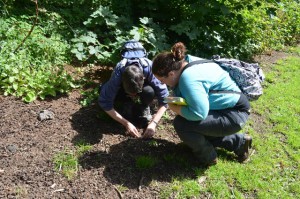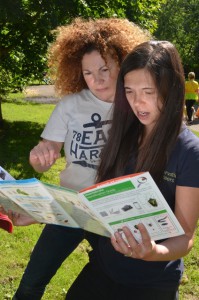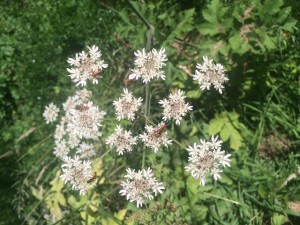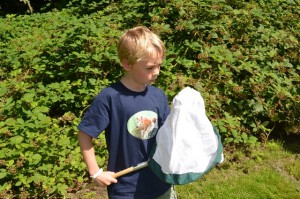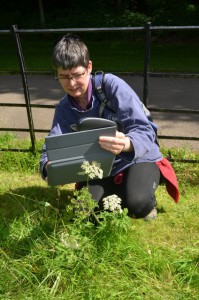
TCV recently just launched an exciting new project with Friend of the River Kelvin (FORK) to get local group members and volunteers involved in recording information about the wildlife and environment of the River Kelvin.
Our project is a Community Based Environmental Monitoring (CBEM) project. A process where concerned citizens collaborate to monitor, track and respond to issues of the local community.
This project is valuable for FORK (and for many other communities) to help increase their skills to monitor and value their own environment. TCV’s project with FORK hopes to spark a passion for Citizen Science, the term used to describe public participation in scientific research. Increasing awareness and value in engaging people with the River Kelvin.
The introductory training sessions will enable the group to develop their own monitoring projects with results for the environment and people. It was identified that there will be 4 sessions taking place at the Ha’Penny Bridge House, Lower Kelvin Walkway within the Glasgow Botanic Gardens to learn how to undertake the variety of wildlife/environmental surveys.
Our first session kicked off with the Bugs Count and the sun was shining! The group learned all about the bugs and beasties living in their local area. The group were introduced to the OPAL Bugs Count survey and looked at example bugs to help them become familiarised with the identification key.
FORK was keen to get outside and start hunting for bugs. The group explored the wildlife area behind FORK HQ and discovered an array of Red Solider Beetles (Rhagonycha fulva) on an umbellifer.
Some of the group members adventured up the slopes to unearth loads of Woodlice (Oniscus asellus)
FORK took to the survey very well and during our session we recorded a diverse number of bugs. To help contribute to recording our findings we have sent in our records to the Glasgow Museums Biological Records Centre!
Our next session is on the 6th of September, 12-2pm, come along and join us at Ha’Penny Bridge House within the Glasgow Botanic Gardens to discover interesting water invertebrates (bugs) to help us determine the health of the River Kelvin!
